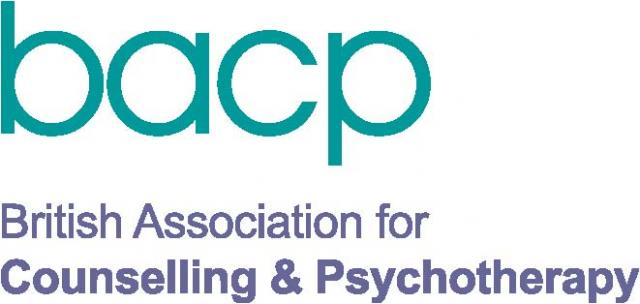Loneliness vs. isolation - what's the difference?
/This article looks at loneliness and isolation, and how counselling can provide much-needed support to this phenomenon. Despite living in times of great connectivity due to technologies like the internet and social media, we are, as a society, more lonely than ever before.
Here, we define loneliness and isolation and examine how you can find support.
What is isolation?
At first glance, it might seem easy to define isolation. We think of it as being cut off from society or a lack of social connection. But in truth, isolation can take on many different forms. It may be that you feel unable to share something with friends and family, something that weighs heavily on your mind and takes up a lot of your brain space. Or maybe your self-esteem has suffered and you feel less good than others around you.
So, although you might have a supportive network of people, these thoughts, concerns and anxieties stand between you, causing you to feel as though you have to shoulder everything on your own.
Contrary to popular understandings of isolation and loneliness, people can experience these feelings even with people around them. Perhaps your social relationships aren’t fulfilling, leading to a sense of loneliness. Maybe you’re harbouring a secret that you feel you can’t talk to anyone about, despite a large social network, leading to feelings of isolation.
What about loneliness?
Loneliness, on the other hand, is a despairing feeling that social connections are either limited, absent or unfulfilling. Isolation and loneliness are often thought to go hand in hand, and it is true that those who struggle in isolation often feel a great sense of loneliness also. However, it is possible to experience each on their own. Perhaps you feel isolated and would like to make a change, but you are not unhappy on your own. Or perhaps you feel very well connected and listened to but cannot shake a lingering sense of loneliness of which you’d like to make sense.
There are many reasons why someone might feel lonely and/or isolated. In our society, here are a few common causes:
Stressful events or trauma
Unemployment
Moving to a new environment
Leaving home
Depression and anxiety
Marginalisation due to sexuality, gender or race
Isolation and Loneliness – An Old-Age Phenomenon?
Older adults are at an increased risk of being socially isolated and/or experiencing loneliness. Many live on their own, are restrained by financial circumstances, health or mobility problems, or experience a shrinking of their social network as children build their own lives and friends or family pass away. Social isolation in this age group in particular affects emotional and physical well-being, with depression and declining health being but two of the more common symptoms.
Experiences of loneliness and isolation during youth
But isolation and loneliness are by no means a phenomenon of old age. In fact, research suggests that in adolescence or young adulthood where friendship groups are ranked as especially important many suffer for the first time in their lives. Furthermore, young adults are more likely to move for job or family, starting a new chapter of their lives without the immediate support of already established family or friends. Work constraints such as shift patterns or commuting add to the difficulty of forming new connections which can trigger a painful emotional rift and an increasing sense of loneliness.
Whilst traditionally older adults have been more at risk of developing feelings of isolation and loneliness, younger people are becoming more and more likely to as well. They regularly move for new jobs, leaving friends and family behind. Social media is actually serving to further feelings of loneliness rather than heal them.
Social media and technology, in this instance, can be a blessing and a curse. They can be a helpful tool to help us find people irrespective of our working pattern or geographical location, they can help us connect more quickly with those who share our interests and hobbies, but they can also display a distorted version of reality that only furthers loneliness across all age groups. Social media in particular promotes sharing only the successes and positives that we encounter, creating the illusion that everyone around us is better connected, more fortunate and in a much more stable position in life.
How counselling can help with loneliness and isolation
Counselling can be a very good starting point for someone suffering from loneliness or isolation, as it is very effective in resolving two core issues addressed above. At the very basic level, counselling relies on the connecting of two people. It sets up a regular schedule that enables a socially isolated or lonely client to leave the house and meet with someone who listens and shows genuine empathy towards them. On the other hand, its confidential and non-judgemental nature encourages the sharing of concerns and anxieties which can help support someone who feels isolated and weighed down by their thoughts and fears.
Furthermore, counselling can be an excellent place to discover where those feelings have come from and assist in dealing with them accordingly. Together, client and counsellor can develop tools that will help the client break the cycle; whether that is through methods of communication (“Why do I feel I cannot share my worries with friends/family?” “What do I expect might happen if I do?” “How could I share what’s on my mind in a way that still feels safe?”) or through practical guidance (recommendations for other social or therapeutic groups, local well-being services and offers).






